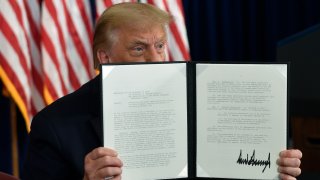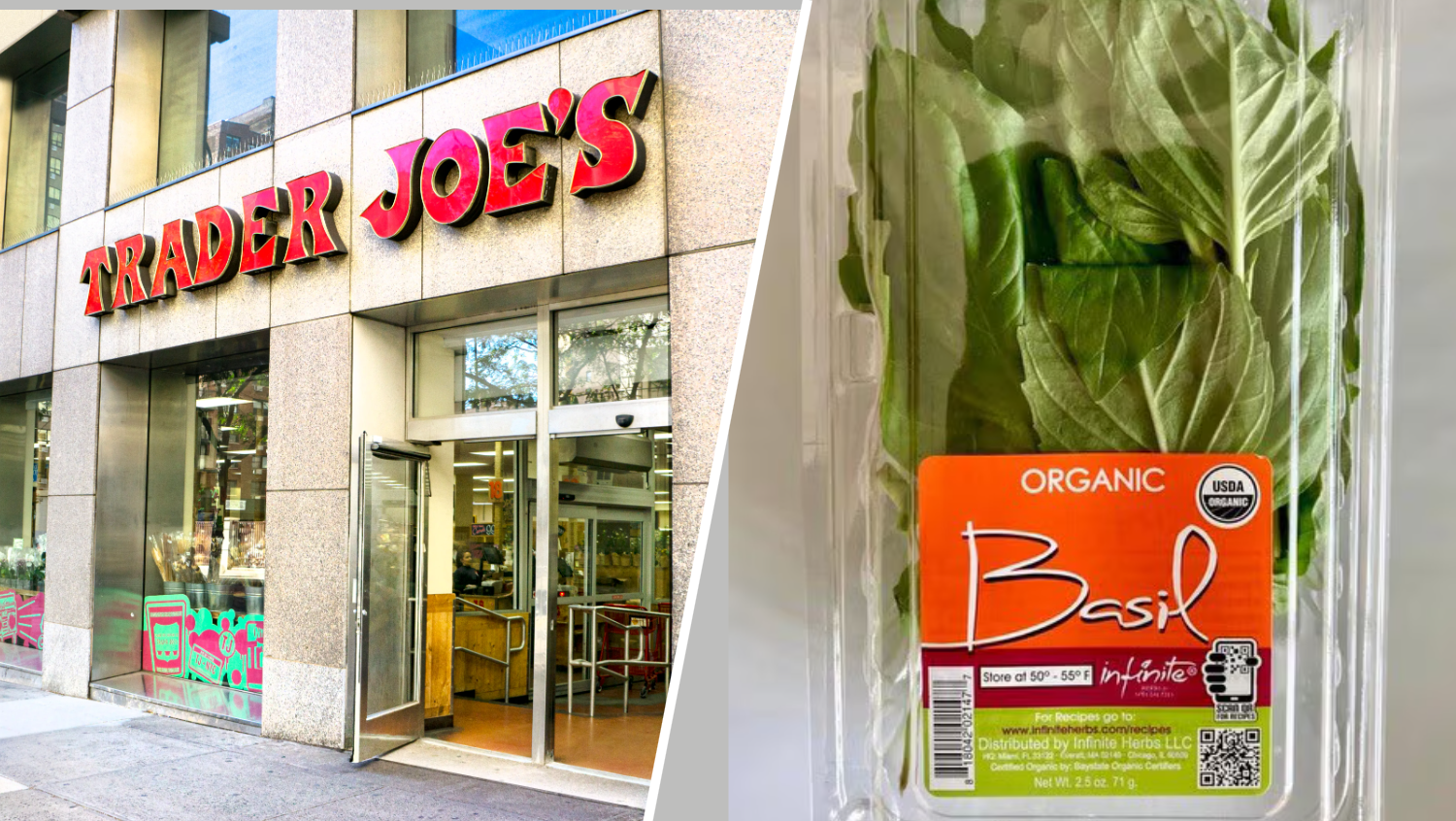
After Republicans and Democrats failed to agree on the details of another stimulus package last week, President Donald Trump signed an executive order on Saturday that gives people with student debt another three-month break from their bills, during which interest will not accrue.
As a result, more than 35 million people with federal student loans won’t have to resume their payments until January 2021.
Higher-education experts warned of a surge in delinquencies and defaults if the payment pause in the CARES Act wasn’t extended. While that reprieve was scheduled to lapse next month, the unemployment rate is still higher than at any point during the Great Recession, with young workers some of the hardest hit.
More from Invest in You:
The 3 moves to make just after you’ve been laid off
Hurting without $600 unemployment boost? 5 money moves to make now
39% of younger millennials will move home amid Covid-19 recession
Americans were already struggling with their student loans before the country fell into a recession. Outstanding student loan debt in the U.S. has spiraled to more than $1.6 trillion.
Prior to the pandemic, some 1 in 7 borrowers were in delinquency, and up to two-thirds of borrowers were only paying the interest on their debt each month, meaning their balances weren’t actually going down.
The average monthly student loan bill is close to $400.
U.S. & World
Trump’s executive order has already been called unconstitutional, and higher-education expert Mark Kantrowitz said he believes the president doesn’t have the legal authority to implement a payment pause and interest waiver for borrowers.
Still, he said, “it’s unlikely that anybody is going to object to the executive order with regard to the student loan provisions.”
The payment pause, like the one in the CARES Act, is expected to be automatic. That means you shouldn’t have to call your servicer and ask that your loans be put on hold.
It’s not yet clear if the missed months will still count as payments for those enrolled in income-driven repayment plans or the public service loan forgiveness program. And, Kantrowitz said, “it does not provide any relief for borrowers of private student loans.”
Even though the payment pause is supposed to be automatic, borrowers should check their account to make sure their loans are in the correct status, said Will Sealy, co-founder and CEO of Summer, a company that helps borrowers simplify and save on their student debt.
“If something looks wrong, say something,” Sealy said. “If you talk to someone unhelpful, call again the next day.
“Send your request via multiple channels, like phone, email or social media,” he added. “Always be sure to get resolutions in writing in case you need to have them for the future.”
During the payment pause, experts say that borrowers should use the extra cash to first build up an emergency savings account, and then to pay off any high-interest debt. The average U.S. household has around $5,700 in credit card debt.
It remains to be seen if borrowers will get more relief in a second stimulus package, but for now they don’t have to worry about their bills until next year — at which point more help may come.
Democratic presidential candidate Joe Biden has said that, if elected, he would forgive undergraduate federal student loan debt picked up at public colleges for those earning less than $125,000 a year, and would wipe out $10,000 of the debt for all borrowers.
SIGN UP: Money 101 is an 8-week learning course to financial freedom, delivered weekly to your inbox.
CHECK OUT: Refinancing my mortgage would save me $14,000 in interest, I was told: Here’s why I didn’t do it viaGrow with Acorns+CNBC.
Disclosure: NBCUniversal and Comcast Ventures are investors in Acorns.
This story first appeared on CNBC.com. More from CNBC:
- Airline shares surge as TSA numbers hit pandemic high, support for second bailout builds
- Former PayPal exec Stephane Kasriel to head Facebook Pay, its Venmo-like service, backed by new team
- New York Gov. Cuomo says the NYPD needs to ‘step up’ in enforcing social distancing rules



